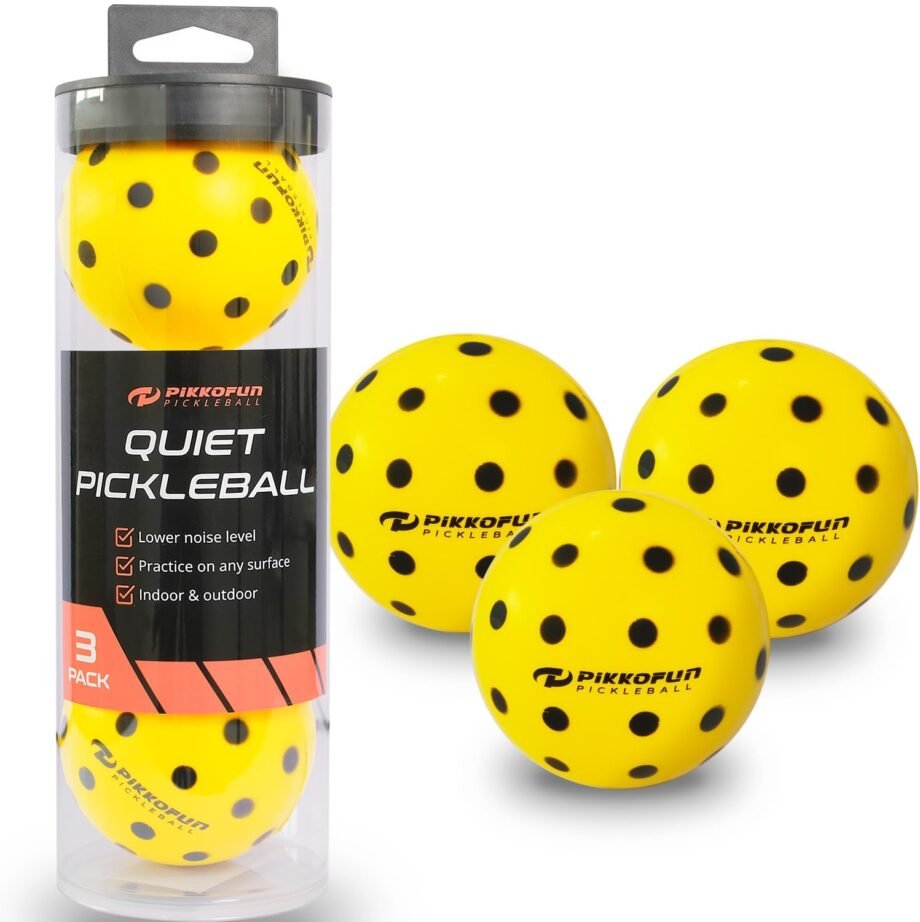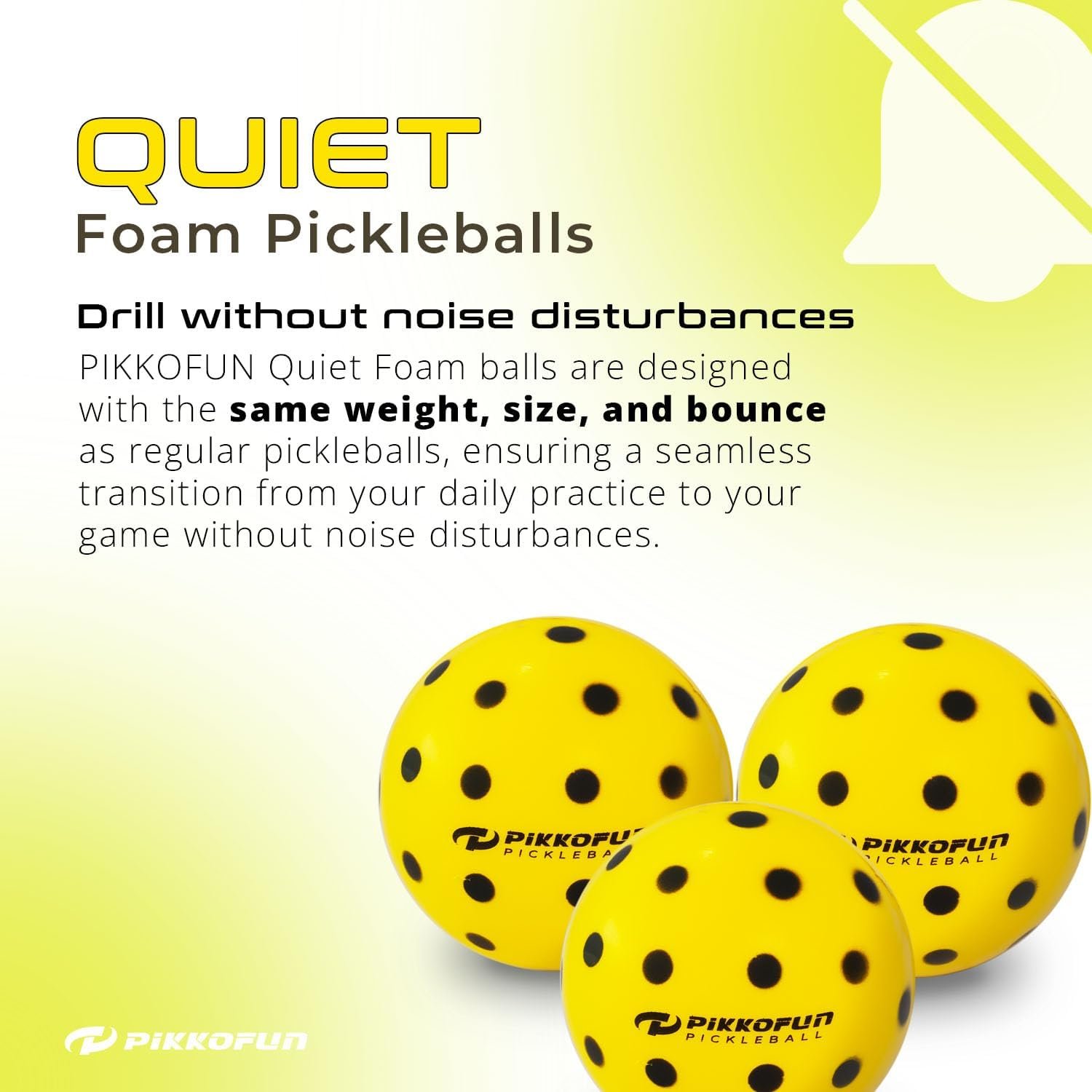As a dedicated pickleball enthusiast, I’m always on the lookout for tools that can enhance my practice sessions. Recently, I had the chance to test out the PIKKOFUN Quiet Practice Pickleballs. These foam balls promise to reduce noise during indoor play, which is a significant consideration for me since I often train in my driveway and garage where noise can be disruptive to the neighbors.
When I received the balls, I was impressed with their design. The PIKKOFUN balls are crafted from soft foam, making them visibly different from traditional hard pickleballs. They come in a convenient storage tube, which makes it easy to carry them around. Each ball is designed to mimic the size and weight of standard pickleballs, but with a softer bounce, which I found appealing.
One of my primary concerns was whether these balls would hold up during practice. I tested them in various scenarios, including wall drills and casual games with friends. One major highlight is their ability to significantly reduce noise—certainly a blessing during quieter practice sessions. I can attest to the review from Heather, who notes that the balls bounce true even on uneven surfaces, like driveways with little pebbles.
Another aspect I appreciated was their gentle nature—both for my walls and my paddles. The foam construction means that there’s no risk of damaging property or equipment, making them an excellent choice for beginners or younger players learning the ropes.
However, it’s important to mention some mixed reviews regarding bounce performance. While many players, like D. Divine, appreciated the quietness of these balls, others felt that the bounce was a bit less predictable than what they were accustomed to with traditional balls. I also experienced this to some extent; occasionally, the balls felt a bit bouncier off both the paddle and wall than expected. This could be a learning curve for players transitioning from standard pickleballs.
On the downside, there were moments when I could feel the difference in bounce, and I agree with some reviewers like lmatch, who noted that they may require a different style of play. If you primarily play outdoors or on rough surfaces, I’d recommend being cautious, as several users noted that durability might decrease in such settings.
Despite these downsides, I had a productive experience overall. The balls have enhanced my hand-eye coordination, proving beneficial for my training regimen. I found myself focusing more on aiming and stroke techniques since I could concentrate without the disruptive “ping” of hard pickleballs.
In terms of value, the PIKKOFUN balls come in a set of three, making them a thoughtful gift for anyone looking to focus on their skills without the noise. I agree with other reviewers who believe they are ideal for home practice, especially for beginners.
In conclusion, the PIKKOFUN Quiet Practice Pickleballs are an excellent choice for players looking to sharpen their skills indoors without disturbing others. While they have certain limitations in terms of bounce predictability, their overall benefits—particularly the quietness and wall-friendliness—make them a worthy addition to any pickleball training kit. I would definitely recommend them for both novice and experienced players aiming for improvement in a variety of settings. Just keep in mind that transitioning back to traditional pickleballs might feel a bit different once you’ve adapted to these quieter alternatives.





